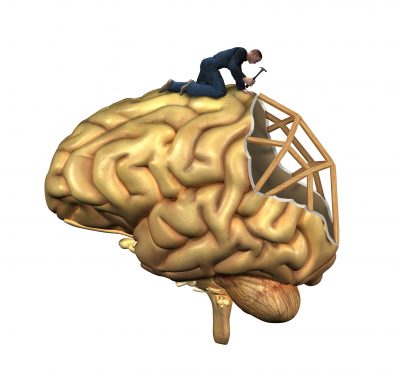 We all like to think that have compassion for others don’t we? After all, we give care, so we must have empathy. Is there a difference between caring and true compassion?
We all like to think that have compassion for others don’t we? After all, we give care, so we must have empathy. Is there a difference between caring and true compassion?
Caring for another person is is an act of displaying kindness and concern for others. It is the work or practice of looking after those unable to care for themselves, especially sick or elderly people.
Compassion is a form of emotional engagement that is beneficial to patient care. Compassion involves the sharing of feelings of another as a means of coming to an understanding and appreciation for how they feel.
Can we provide adequate care to someone else without being compassionate? Unfortunately I believe our standards of care for elderly, disabled and sick individuals have focused on care without the importance of compassion, empathy and understanding.
If empathy involves emotional engagement with someone else, it also involves understanding their world. We can care for someone by providing for needs but not necessarily moving into their world, walking in their shoes and sharing in their struggles, joys and challenges.
When compassion and caring merge, care partners build trust, form deeper and more meaningful relationships and go beyond physical needs to digging deeper in understanding and meeting emotional and spiritual needs.
Compassion training, especially for those caring for someone with dementia, chronic illness, pain and end-of-life can empower both care partners, families and communities in which they live.
Educating families and professionals in understanding and helping those they care for cope with their challenges starts with empathy, compassion and understanding for what that person is dealing with. When a care giver gains empathy, their world merges with those they are caring for in new and wonderfully positive ways for both partners.
Take time to learn the art of compassion and mover from a caregiver to a compassionate caregiver. Leaders, embrace compassion training for staff and families. Everyone is better served with more compassionate caregivers.
Pam Brandon is President/Founder of AGE-u-cate® Training Institute and a passionate advocate for elders and those that serve them. Pam is the creator of the Dementia Live™️ simulation program that helps caregivers increase understanding , compassion and empathy for those living with cognitive impairment.
 We all know that the only thing certain about our life is that someday it will end. And yet death continues to be an elusive topic in most families and social circles. Someone recently shared with me that she felt if she brought up the topic with her parents, they might feel like she wanted to hurry things along.
We all know that the only thing certain about our life is that someday it will end. And yet death continues to be an elusive topic in most families and social circles. Someone recently shared with me that she felt if she brought up the topic with her parents, they might feel like she wanted to hurry things along. The Big “S” word. It comes up more often than you would think and for good reason. Adult children who are in any phase of caregiving for their parents, even in the very beginning stages share their frustrations of their parents suddenly being stubborn. Why is this happening?
The Big “S” word. It comes up more often than you would think and for good reason. Adult children who are in any phase of caregiving for their parents, even in the very beginning stages share their frustrations of their parents suddenly being stubborn. Why is this happening? (Society for Neuroscience) The discovery that the human brain can produce new cells in adulthood offers just one example of how adaptable the brain is throughout life. With this knowledge, researchers are investigating how normal aging as well as neurodegenerative diseases like Alzheimer’s disease affect that adaptability, and how we can maintain healthy brain function as our brains age. So what is neuroplasticity?
(Society for Neuroscience) The discovery that the human brain can produce new cells in adulthood offers just one example of how adaptable the brain is throughout life. With this knowledge, researchers are investigating how normal aging as well as neurodegenerative diseases like Alzheimer’s disease affect that adaptability, and how we can maintain healthy brain function as our brains age. So what is neuroplasticity?